Text
Hello, you are not a boxelder bug.


1 note
·
View note
Text
First round of pictures from my trail cam and look at this funny little rack...

Small racks usually have fewer points. Any that I've seen this small were either a spike buck or a 4 pointer at most.
Also, several deer would like to inquire about what that little box with the red blinky light is....
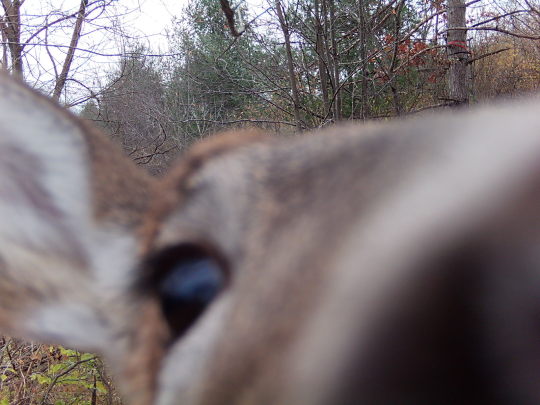

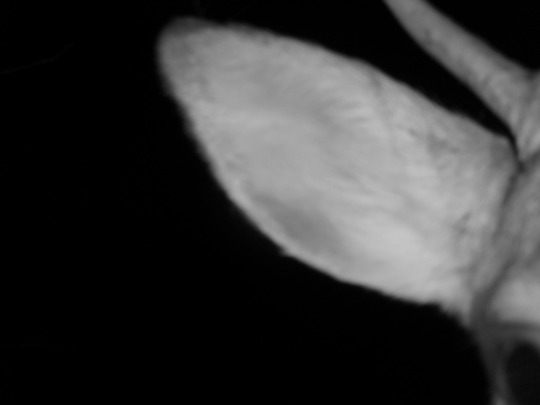
0 notes
Text
roflmao
Why did "lmao" stick around but "rofl" die. Any theories on this
86K notes
·
View notes
Text
Our Microbial Ecology professor is offering us extra credit if we can find three different kinds of lichen. My lab partners were unsure where to find lichens but the answer is simple, everywhere! The slightly more complicated answer is that they grow in the places that other plants and fungus can't grow, with rocks and tree bark being the most common. I was able to find all of these, in my own yard in about 10 minutes.
There was a colony like this one growing on the foundation of our house but I didn't want to disturb it so I was glad when I found this lovely specimen on a rock in our landscaping.

This was also on the same rock, it isn't a great picture but you can see the little rhizones that are used to attach themselves to the rock.
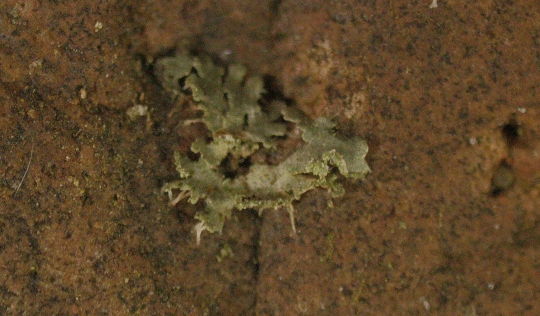
The reason lichens can grown on rocks and other inhospitable surfaces is because they are actually a symbiosis of two different organisms and there partnership is what makes it possible. Each lichen consists of mycobiont, a fungus, and a photobiont which is either an algae or a cyanobacteria. (a cyanobacteria is a kind of bacteria that can do photosynthesis.) The photobiont can produce energy through photosynthesis and the mycobiont can break down the substrate (yes, even rock) in order to get other nutrients that lichen needs to survive.
In fact here's another lichen I found on a rock in our landscaping. If you click on it to see the full sized image you can actually see the little grains of sand from the lichen breaking down the rock.
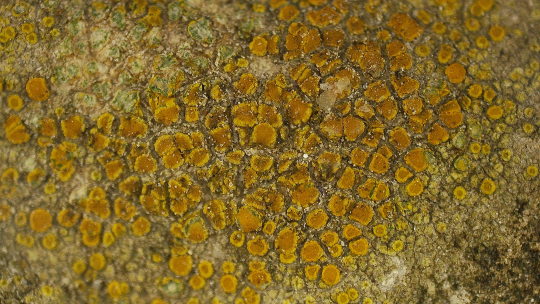
Keep in mind that this picture was taken at high magnification, to give you an idea of scale, here's the same lichen (or at least a very similar one) growing on a cement window sill at my kids school.

You can see how it might be overlooked as just some discoloration. If you've ever at an old cemetery, you'll see that a lot of the oldest headstones are pretty much completely yellow or orange, that's lichens.
This one was growing on a dead stick that had fallen off our apple tree. The round things are the apothecia, the reproductive structure of the fungal symbiont, that's why they often look like tiny mushrooms.

It can be very difficult to identify lichens to species because even lichens with different symbiotes can look very similar. If you were to disregard the apothecia, the one above looks a lot like the first lichen but the fact that they are on different substrates is evidence that they are different kinds. They aren't even the same growth form the first one is lobed and this one is foliose. I do own the keys to identify them, but I have yet to actually attempt to.
Lichen are also very particular about their habitat. The population on the apple tree (left) is very different from the population on the Cottonwood tree. (right)
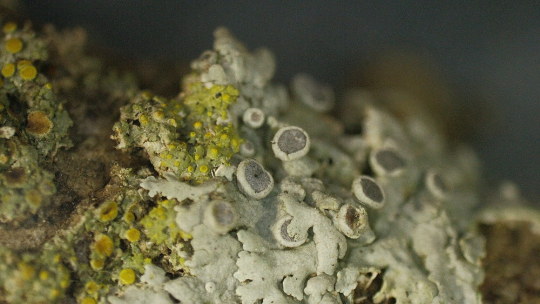

Disclaimer: all of these lichens are very common in this area and were either on loose rocks in our landscaping, bark that was already peeling off the tree or on dead branches. You should never collect lichens if you aren't confidant that they are well populated and it's best not to damage their substrate to collect them
Disclaimer 2: I am not a lichen expert by any means, the information here is correct to the best of my knowledge.
If you're interested, I have turned some of these pictures into desktop backgrounds, they can be found here:
43 notes
·
View notes
Text
Here's one on a black background, it really brings out the patterning on its back.
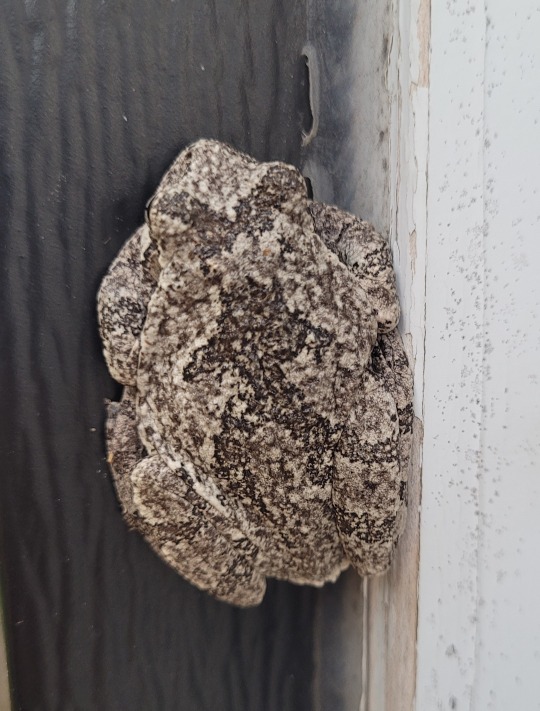


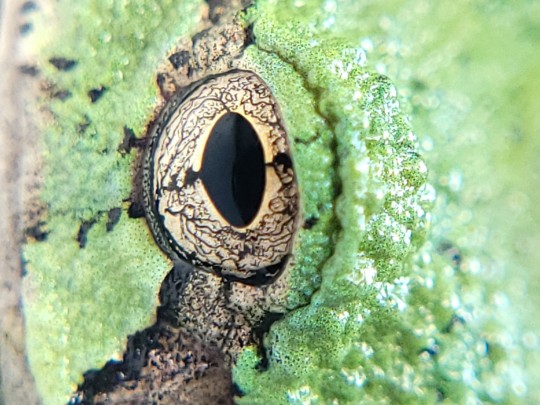
I believe this guy is a gray tree frog. They seem to like to wedge themselves into the molding along our window and door frames. (not the first time I've found one there). As the fact that this one is not gray might imply, they change color based on their surroundings and the white siding = a very verdant green.
4 notes
·
View notes
Text
I went out in the woods today and I didn't have much luck finding flowers but...
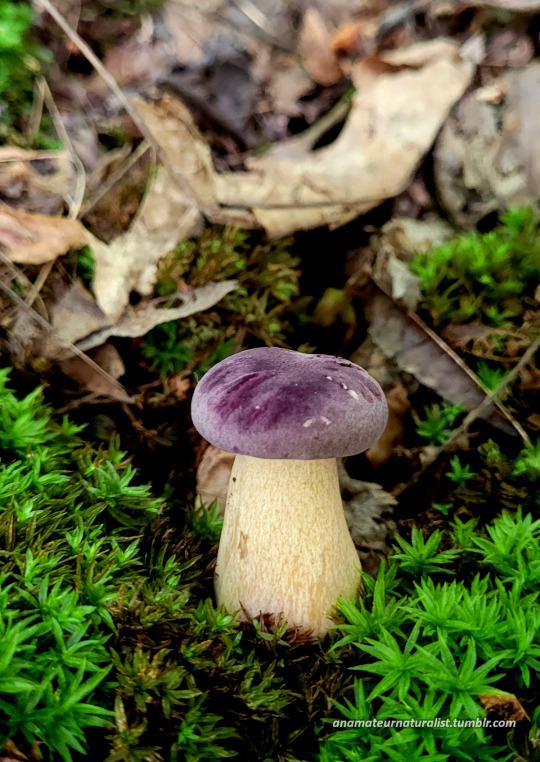
so...
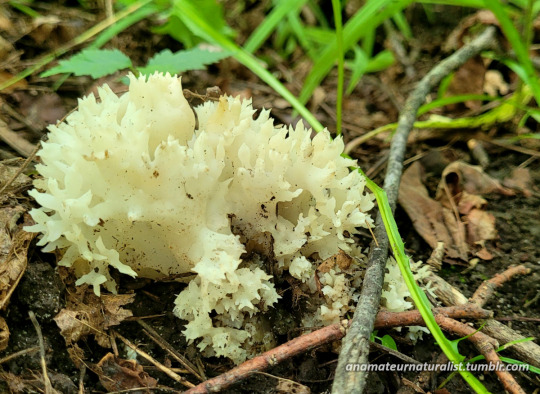

many...
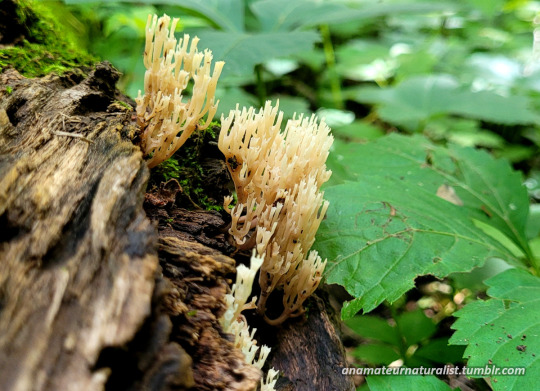
Mushrooms!


3 notes
·
View notes
Text
I'm not going to lie, this guy creeped me out when I first spotted him on my baby jade plant. Something about how little his abdomen was compared to his cephalothorax and those giant pedipalps that almost looked like pincers. According to bugguide.net he is a Dimorphic Jumping Spider (Maevia inclemens) which gets its name because the male spiders come in two different forms. This one and one that looks a lot more like a regular spider.


0 notes
Text
A couple of sedges I took out of the plant press yesterday. I haven't identified them yet but I have material in the freezer. I'm avoiding them a little because it took me forever to get an id on the first one.
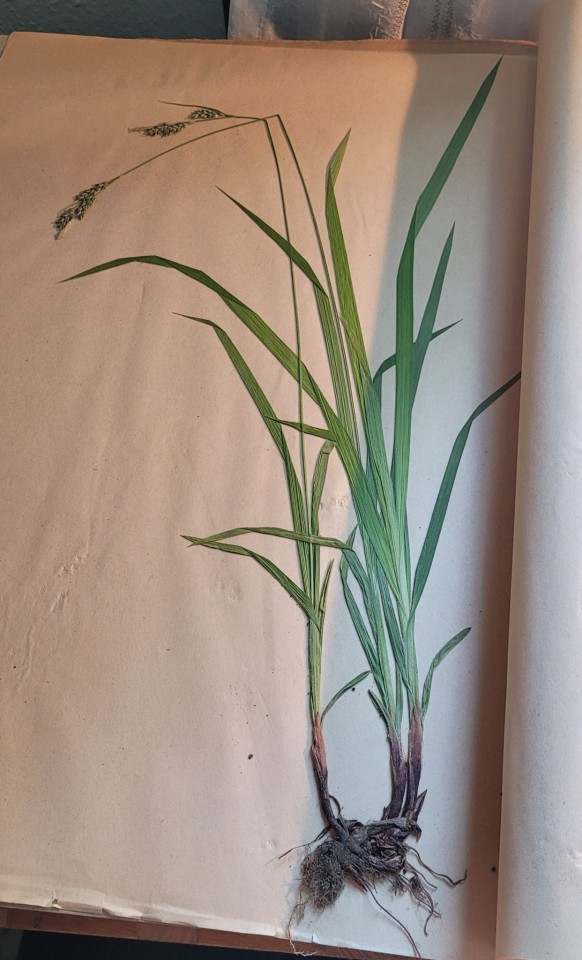

I'm really pleased how they turned out. The whole reason I wanted to do full herbarium specimens is because the truly works of art. In my plant id class we created smaller specimens by taping plants or part of plants to index cards, and the professor had told us we could create a collection that way and it certainly would've been easier but this is much more satisfying to me.
Bonus: my work table while identifying

0 notes
Text
Tiny frog. ❤️
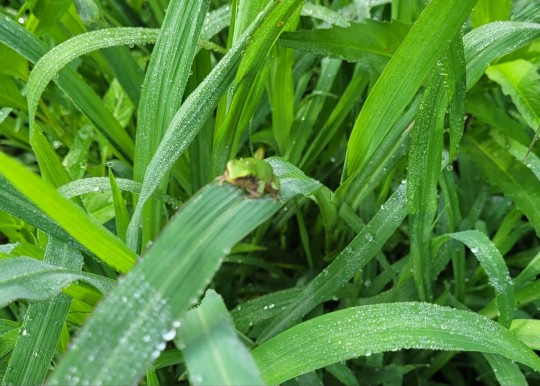

Illegally smol. (that is a grass blade albeit a wide one.)
6 notes
·
View notes
Text

I stumbled across this in our landscaping yesterday. Its a violet leaf that is completely white! It is connected to a plant and the other leaves are green. Other that being white it looks and feels completely normal.
Edit: apparently it was just in the process of dieing because it was gone when i looked again. 🤷
0 notes
Text

I am just a little birb.
We were outside yesterday when my three year old started to flap his arms wildly saying "Fly! Fly!" and pointing at the ground near my feet. I was practically standing on this guy. I assumed ki was a morning dove because ki was so big and an internet search seems to confirm it. It was very hot and ki was in full sun. He looked to be in a little distress and was open mouth breathing. He wouldn't quite let me pick him up so instead I encouraged him to move into the shade. I was also concerned because ki couldn't fly bit a internet search told me that they actually leave the nest several days before they can fly and that their parents still track them down during that time to feed them. (also when they are babies their parents produce something called "crop milk" to feed their babies and that blew my mind a little.)
1 note
·
View note
Text
In my entomology class we were going as a group to collect insects as a group and one girl exclaimed something and went to collect something that was in the window and the teacher asked the group at large "what did she find?" and I said "some kind of bug." and he gave me a look, I mean it was some kind of true bug!"
I see a lot of definitions of what exactly constitutes a bug, so I want to know what you guys think makes a bug.
So if you think that earthworms are bugs but spiders aren't, you'd click "An above definition + land worms" and then say "insects only" in the tags.
I wish I had one more option so I could just have a "see results" button but I won't. 😭 Please reblog so the rest of bugblr can see it!
3K notes
·
View notes
Text

Trillium grandiforum
I'm doing an independent study for school where I'm collecting plants, identifying them and creating mounted herbarium specimens. I love doing any kind of identifying but plants are my favorite and I've wanted to do herbarium specimens since I first learned of them. There's no question what species this lovely showy trillium is, but I keyed it out anyway as practice. I definitely recommend to anyone learning to use dichotomous keys to key the organisms that you know, that's how learn where you are likely to make mistakes when you are keying out an unknown species.
That aside aside; I couldn't resist taking a sneak peek at this one, I think it turned out rather well given that it's a rather complex flower and it was one of the first I pressed.

77 notes
·
View notes
Text

Spring has sprung, finals are over and that means I'm back out in the woods... laying in the detritus... to take pictures of a mushroom. iNaturalist says it is a Half-free Morel.
1 note
·
View note
Text

I have the cutest research assistant.
6 notes
·
View notes
